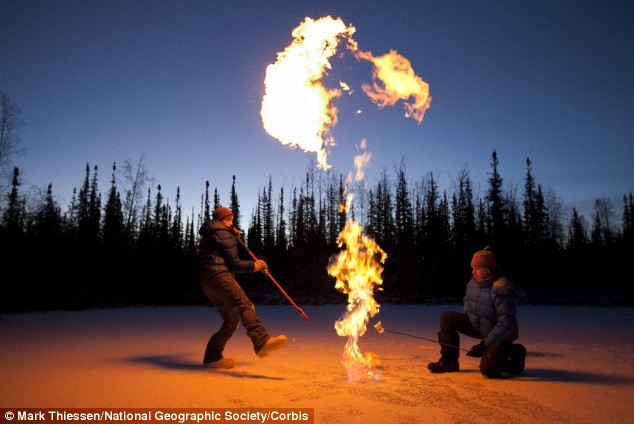As my colleague [link url= “http://edmdigest.com/author/mmills/” title= “Matt Mills“] recently noted, new studies project that the [link url= “https://amuedge.com/study-thawing-permafrost-could-worsen-global-warming/” title= “thawing of permafrost could accelerate global warming.”] In order to understand and appreciate the seriousness of this, let’s examine a phenomenon called the ‘positive feedback loop.’
First of all, a glossary of a few concepts:
Global Warming is being caused, at least in part, by release of greenhouse gasses into the atmosphere. Humankind is now in the process of rallying to reduce the human-caused component of this through transition from the burning of fossil fuels to the utilization of clean energy resources such as wind and solar power.
Greenhouse Gasses are any vapor within the atmosphere that trap heat. Heat comes from the sun. At equilibrium, the heat trapped by the atmosphere as the sun’s rays enter, and trapped again as the sun’s rays reflect back into space, create a stable situation, which will endure given that none of the characteristics of the atmosphere change. The most important greenhouse gasses, for the purposes of this discussion, are carbon dioxide and methane. The introduction of increased amounts of these gasses into the atmosphere through human-caused processes is in the process of altering the equilibrium.
Altering the Equilibrium could result in global warming or global cooling. Prior to the advent of industrialization, as enabled and driven by the burning of fossil fuels, the earth had been in an eleven-thousand year cooling trend, leading some scientists of the 1960’s and 1970’s to speculate that the earth was headed into a new ice age. However, once industrialization took hold, the emissions from the burning of fossil fuels overwhelmed the natural process, reached a tipping point, and sent the earth into a global warming trajectory, which has now been documented conclusively by a 120-year process of temperature data collection.
A Tipping Point is that point when a cumulative process of small inputs into a system becomes a BIG input — often, an irreversible input. Every coal-fired power plant, every airplane, every car, every campfire, every candle is a small input into human-caused global warming. Taken individually, each is nothing of significance. Taken all together, their cumulative effect has become that BIG input that may have pushed the earth’s climate into an irreversible trend.
A Positive Feedback Loop is a circumstance where a group of small inputs create an output that becomes a larger input, which creates the conditions needed to allow the larger input to create a still larger output, which creates a still larger input … I’m sure that’s clear as mud. So follow along with this example:
Arctic sea ice is a bright white mirror that reflects sunlight back into space. This is one of the built-in natural controls for the Earth’s climate. However, a small amount of warming has caused there to be less sea ice. So rather than reflecting the sunlight back into space, it’s absorbed by the darker ocean water. The ocean water warms up. As a result, less sea ice is formed. As a result, more heat enters the ocean water. As a result, less sea ice is formed. Over time, sea ice is gone and unable to reform because of the warmth of the ocean water. That’s a positive feedback loop.
Thawing Permafrost and the Positive Feedback Loop
So, let’s bring it all together and examine how a little bit of permafrost melting creates a positive feedback loop, which causes more global warming, which causes more permafrost melting, which causes a LOT of global warming, which causes a LOT of permafrost melting, which causes …
You get the idea. This is how it is in the process of playing out in the real world:
Permafrost has trapped a frozen substance called methane hydrate. It’s combustable, and it’s a much more effective greenhouse gas than is carbon dioxide — several magnitudes greater. It’s in everyone’s best interest to keep the stuff frozen in the ground. Here’s what happens when it starts to get out:
It becomes a problem for multiple reasons. As a greenhouse gas, it absorbs more heat from the sun. Or, if it burns, that’s heat released directly into the atmosphere. Or, if it just hangs around, it becomes a hazard to plants and animals that can’t process it.
So what is the evidence that there is a positive feedback loop regarding permafrost and methane hydrate release? Well, one indicator is this series of strange holes that have begun appearing all over Siberia:
They didn’t used to be there. Possible explanations are few, and the only one that makes sense would be release of methane. So evidence of a feedback loop would be if these holes continue to appear at an accelerating rate.
It’s something I wouldn’t bet against.


Comments are closed.